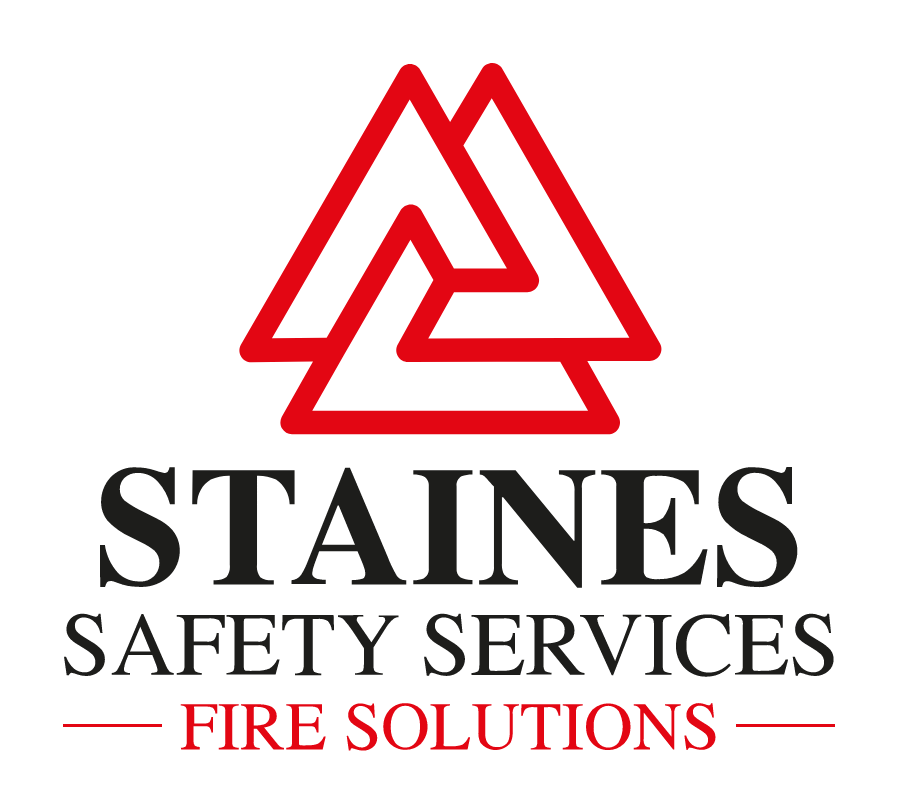Title: Understanding PAS79 Fire Risk Assessments: A Comprehensive GuideIntroduction
Fire safety is a critical concern for property owners, facility managers, and businesses across the UK. A PAS79 fire risk assessment is an essential tool to ensure compliance with fire safety regulations and protect lives and property. In this blog post, we’ll explore what PAS79 is, why it matters, and how it helps you meet legal fire safety requirements.
What is PAS79?
PAS79, or Publicly Available Specification 79, is a British Standards Institution (BSI) guideline that outlines the best practices for conducting fire risk assessments in non-domestic premises and communal areas of residential buildings. Updated in 2020 (PAS79-1 for non-domestic premises and PAS79-2 for residential buildings), it provides a structured methodology to identify fire hazards, assess risks, and implement control measures. This ensures compliance with the Regulatory Reform (Fire Safety) Order 2005, a cornerstone of UK fire safety law.
Why PAS79 Fire Risk Assessments Matter
A PAS79 fire risk assessment is more than just a legal requirement—it’s a proactive step to safeguard people, property, and businesses. Here’s why it’s critical:
- Legal Compliance: The Regulatory Reform (Fire Safety) Order 2005 mandates that all non-domestic premises and certain residential buildings undergo regular fire risk assessments. PAS79 provides a standardized framework to meet these obligations.
- Risk Identification and Mitigation: A PAS79 assessment systematically identifies fire hazards, evaluates risks, and recommends measures to reduce or eliminate them, such as installing fire alarms, extinguishers, or emergency lighting.
- Protection of Lives and Property: By addressing fire risks, PAS79 assessments help prevent devastating fires, protecting occupants and minimizing property damage.
- Business Continuity: For businesses, a thorough fire risk assessment reduces the likelihood of fire-related disruptions, ensuring operational continuity and avoiding costly downtime.
Key Components of a PAS79 Fire Risk Assessment
A PAS79 fire risk assessment follows a structured approach to ensure all aspects of fire safety are covered. The key steps include:
- Identifying Fire Hazards: This involves examining potential sources of ignition (e.g., electrical equipment), fuel (e.g., flammable materials), and oxygen sources.
- Evaluating People at Risk: Assessing who might be at risk, including employees, visitors, or vulnerable individuals like the elderly or disabled in residential settings.
- Assessing Current Fire Safety Measures: Reviewing existing fire safety systems, such as fire alarms, sprinklers, and escape routes, to determine their adequacy.
- Recording Findings: PAS79 emphasizes detailed documentation of findings, including hazards, risks, and recommended actions, to ensure transparency and compliance.
- Implementing Control Measures: Suggesting practical steps to mitigate risks, such as staff training, improved signage, or upgrading fire safety equipment.
- Review and Update: Fire risk assessments should be regularly reviewed to account for changes in building use, occupancy, or regulations.
Who Needs a PAS79 Fire Risk Assessment?
PAS79 applies to a wide range of premises, including:
- Commercial buildings (offices, shops, warehouses)
- Public buildings (schools, hospitals, libraries)
- Communal areas of residential buildings (stairwells, corridors)
- Industrial facilities
- Hospitality venues (hotels, restaurants)
If you’re a “responsible person” (e.g., building owner, employer, or manager), you’re legally obligated to ensure a fire risk assessment is conducted. Hiring a competent fire safety professional familiar with PAS79 guidelines is often the best approach to ensure compliance.
Benefits of Using PAS79 Guidelines
- Standardized Approach: PAS79 provides a consistent, industry-recognized framework, ensuring assessments are thorough and reliable.
- Improved Safety: By addressing all potential fire risks, PAS79 helps create safer environments for occupants.
- Legal Protection: A well-documented PAS79 assessment demonstrates due diligence, protecting you from legal penalties in case of an incident.
- Cost-Effective: Proactively addressing fire risks can prevent costly fire damage and insurance claims.
How to Conduct a PAS79 Fire Risk Assessment
- Hire a Competent Assessor: Engage a qualified fire safety professional with expertise in PAS79 guidelines.
- Conduct a Site Survey: The assessor will inspect the premises, identifying hazards and evaluating risks.
- Document Findings: A detailed report will outline hazards, risks, and recommended actions.
- Implement Recommendations: Take action to address identified risks, such as installing fire safety equipment or improving evacuation plans.
- Regular Reviews: Schedule periodic reviews to ensure ongoing compliance, especially after changes to the building or its use.
Conclusion
A PAS79 fire risk assessment is an essential tool for ensuring fire safety compliance and protecting lives and property. By following its structured guidelines, businesses and property owners can identify fire hazards, implement effective control measures, and meet UK fire regulations. Whether you manage a commercial building, residential complex, or public facility, a PAS79 assessment is a critical step toward a safer environment.For more information on PAS79 fire risk assessments or to connect with a qualified fire safety professional, visit [insert relevant link] or contact a local fire safety consultant today. Stay proactive, stay compliant, and prioritize fire safety.
Call to Action
Need help with your PAS79 fire risk assessment? Contact a certified fire safety expert today to ensure your premises meet UK fire regulations. Share this post to spread awareness about the importance of fire safety compliance!

